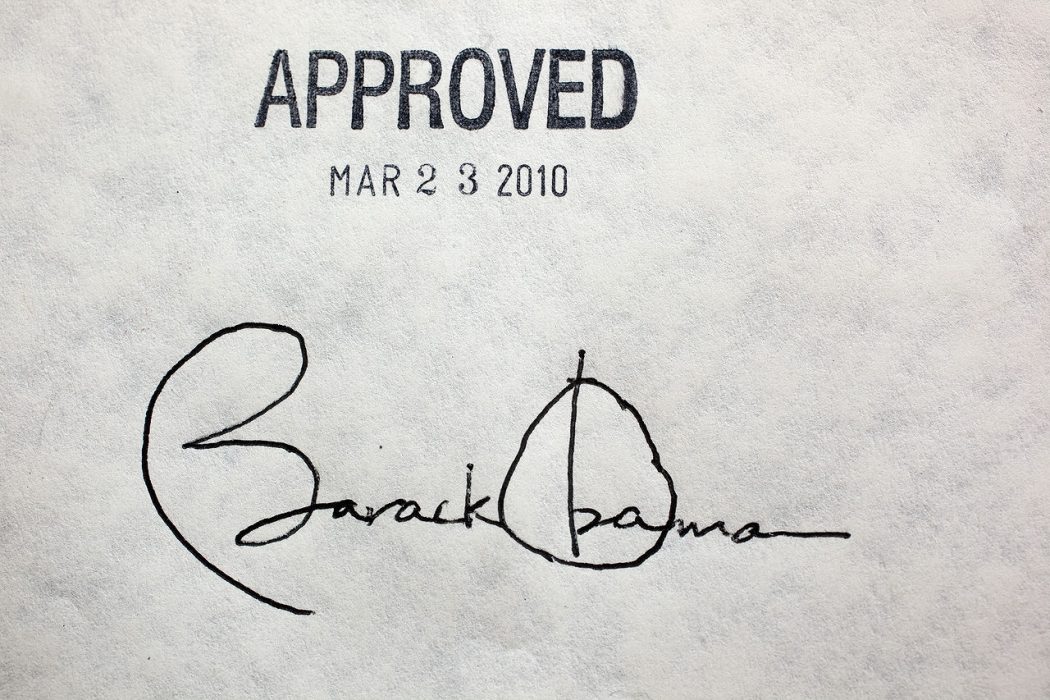Since the Affordable Care Act was signed into law and efforts have gone underway to reduce healthcare spending (currently 18% of the GDP), two of the most popular acronyms have been ACO and PCMH. Unlike previous models of healthcare delivery, Accountable Care Organizations (ACOs) aim to cut costs and maximize quality care by creating a single network of hospitals, physicians, insurers, and other medical resources that can coordinate and work together to manage patients’ long-term care. Although insurance models such as Health Management Organizations (HMOs) have been established on similar goals, ACOs claim to be more effective because they incentivize and reimburse for the right treatments rather than more treatments. The traditional fee-for-service (FFS) model is thought to be the cause of excessive diagnostics and care plans. ACOs will avoid fostering this sort of behavior by implementing per-member-per-month (PMPM) reimbursements with shared-savings rewards such that physicians in the ACO all profit from the savings that result from staying below a targeted spending limit.
In order for ACOs to successfully reduce healthcare spending, these programs need to focus on maintaining health and preventing the need for more costly services such as hospital and emergency department visits. This requires support and management from primary care physicians. Whereas ACOs can be managed primarily as an insurance, hospital, or physician group organization, primary care medical homes (PCMHs, and also known as patient-centered medical homes) are managed by primary care physicians (PCPs). Although this area of healthcare is crucial for keeping patients healthy and out of hospitals, it is experiencing a severe shortage in the US. Only 1/3 of physicians in the US are PCPs, and they make up only 16% of nearly 30,000 U.S. medical graduates [1]. The rest of primary care providers are composed of foreign medical graduates, nurse practitioners, and physician assistants. The hope is that the combination of ACOs and PCMHs can help direct the future of medicine toward preventative care and attract more healthcare professionals toward this area of practice.
Although both of these complementary models of healthcare delivery have long been discussed and are now gaining momentum, it is hard to determine their effect on both quality of care and cost reduction. The National Committee on Quality Assurance accredits PCMH programs according to ten different standards. Almost every standard requires the use of technology whether in the form of communication, data and performance analysis, organization, or tracking [2]. The metric for patient outcomes depends on the use of evidence-based guidelines for chronic or important conditions. Although many ACOs and PCMHs report savings and improved quality of care for patients, the initial cost of acquiring the technology, hiring new members, and training staff on the use of data is often only sustainable for large practices. Banner Health Network and Aetna Whole Health collaborated together as an ACO in 2011 as part of the Medicare Pioneer ACO program. In 2013, they reported $5 million in savings, a 5% decrease in medical expenses, increased cancer screening rates, and better diabetes management [3]. Yet, of the 32 groups originally in the Pioneer program, 13 dropped out due to financial burdens [4]. As a large organization (both individually and jointly), Banner-Aetna essentially has economy-of-scale benefits. Yet, if only large organizations are able to financially support the ACO and PCMH model, then mergers and consolidations of hospitals and physician groups may threaten healthy economic competition that actually drives cost down.
1. UnitedHealth Center for Health Reform and Modernization. “Advancing Primary Care delivery: Practical, Proven, and Scalable Approaches.” September 2014.
2. DeVries, Andrea, et al. “Impact of Medical Homes on Quality, Healthcare Utilization, and Cost.” American Journal of Managed Care. 2012; 18(9): 534:544.
3. Banner Health Network. “Lower costs, more proactive care in Aetna and Banner Network accountable care collaboration.” August 2014. <https://www.bannerhealthnetwork.com/About/lower-costs-more-proactive-care-in-aetna-and-banner-health-network-accountable-care-collaboration>
4. Leventhal, Rajiv and Hagland, Mark. “Medicare’s Pioneer ACO Program Loses Three More Participants.” Healthcare Informatics. September 2014. <http://www.healthcare-informatics.com/article/breaking-news-medicare-s-pioneer-aco-program-loses-three-more-participants>
Aishan Shi is a fourth-year medical student and recent MBA grad from UA COM-Phoenix. She graduated in 2013 from The University of Arizona with bachelor’s degrees in biochemistry, molecular and cellular biology, and English. Her interests include medical humanities, structural biology, Shakespeare, stuff in the realm of postmodernism, and cartoons. She aims to bring all these interests together in medicine. To contact Aishan, please email her at ashi1[at]email.arizona.edu.

